Men’s Clothing
Women’s Clothing
Children's Clothing
The History of The Porringer
by Hannah McIntire 11 min read 7 Comments

by Heather Michon
Samson Historical Pewter Collection
It is a crisp fall day in New England. After completing chores or errands in the morning it is time for a repast. This is a light meal to hold you until the main meal of the day, dinner.
Dinner, served in the late afternoon, is the main meal of the day. The women of the house bustle around, setting out bread, pouring ale into tankards, slicing up meat pie, putting down dishes of pickles and sauces, and preparing custards and stewed fruit for the dessert course. They also ladle a hearty stew into a small bowl with a flat handle and set it before you.
There is not a need for forks and they were not a daily eating utensil for the common, rural, or working people until after the American Revolution. Spoons or chunks of hard bread or bare hands did most of the work, with plenty of large cloth napkins to clean your fingers as you ate.
Rather than a plate, you might be presented with your meal on a trencher - a thick, rectangular piece of wood with a shallow bowl-shaped depression carved into the middle. You might drink out of a cup made of leather, or animal horn, or a gourd. And you might be handed a little bowl with a handle filled with a soup or a stew.

This last item was called a porringer. These shallow, straight-sided bowls with a flat handle on one side were a ubiquitous part of the colonial kitchen in the 17th and 18th centuries before falling out of widespread use in the early 1800s. The fanciest porringers were made from silver and had elegantly wrought handles made by expert craftsmen like Peter Van Dyck, a noted New York Silversmith. Today, many are displayed in museum collections. But most households in New England and many in the Mid-Atlantic colonies would have been able to afford more modest porringers, made of pewter, earthenware, or even wood. When not in use, they were often hung by their handles on little hooks in a cupboard or shelf, as poet Jonathan Swift described in his 1709 poem, Baucis and Philemon:
The porringers, that in a row,
Hung high, and made a glittering show…
The porringer is one of those humble household objects whose simplicity hides a long and complex history. Used in the British Isles and parts of Western Europe for centuries, porringers traveled west with the Puritan migrations of the early 1600s and survived in their original form in the colonies even after their form and usage changed back in the mother country.
BEFORE AMERICA
Just the origin of the word “porringer” gives you an idea of their age. The word first appears around 1520 -- although, at first, there was no standard spelling: Poreger. Porrynger. Poringer. Porrenger.
No matter how it was spelled, the word actually referred back to a much older term: a potynger, or potager, or pottager, meaning “a small dish for stew.” The origin of the potynger is “pottage,” a staple of medieval tables for generations.
At its most simple, pottage was vegetables cooked in broth and served as a stew. For the peasantry, pottage was an easy way to stretch vegetables, herbs, pulses, and small bits of meat into a filling meal. A frugal peasant woman might keep a cauldron of pottage simmering on a fire for days, occasionally refreshed by a handful of cabbage, turnips, onions, or leeks.
Pottage wasn’t just a dish for the lower classes, however. It was a staple for the nobility and royalty as well. If peasant potage was often thin and watery, upper-class pottage could be quite thick and decadent. Exotic meats, nut, eggs, powder douce (made of sugar mixed cinnamon, cloves, and ginger), and saffron were common ingredients in more formal potage recipes -- like this from the 14th century:
Take caboches and quatre hem and seeth hem in gode broth with Onyons y myncied and the whyte of Lekes y slyt and coure smale and do pareto saffron and salt and force it with poudre douce.
Translation: Cut cabbages in quarters and boil them in broth with chopped onions and leeks until soft, season with a little salt, pepper, saffron, and powder douce to taste. A little taste of medieval history in a bowl.
From pottage evolved the idea of “porridge,” which initially meant a soup or a stew thickened with grains like barley, rather than peas or beans, or a dish like frumenty, made from wheat or barley cooked in milk or broth. Like pottage, frumenty could be a simple dish, or it could be fortified with eggs, raisins, meat, or other ingredients to turn it into something luxurious.
The idea of a handled bowl specifically for pottage or porridge most likely originated with the upper classes and then later filtered down through the social ranks. Some historians speculate that the design may have had some connection with the Scottish quaich (from the Gaelic cuach, or cup), a traditional drinking vessel with two handles called lugs. Others believe it was modified from the posset cup (posset being a popular medieval drink made by curdling spiced milk with wine or ale.) Whatever their origins, pewter porringers began cropping up in English wills around 1522.

ON TO AMERICA
Porringers traveled to the new colonies during the Great Migration of the 1630s and 1640s and soon established their place in colonial kitchens. They were a common part of daily meals for the next two centuries before finally falling out of use in the early 1800s.
One curiosity of American porringers is that, for the most part, they remained single-handled basins with no cover. This was a popular form in the early 17th century in England, during the period of peak Puritan migration. By the 18th century, many British porringers had two handles and even covers. A resident of London in the mid-1700s might have called a single-handled open basin a “bleeding bowl,” which, as the name indicates, was used by physicians as a catch basin when bleeding sick patients using leeches or incisions. For whatever reason -- even though they could have imported double-handled porringers and colonial manufacturers could have adopted the more up-to-date style – the American market largely preferred the smaller, single handled variety.
Porringers were used throughout the original colonies but were most popular in New England and New York. They were popular items to hand down to relatives in wills and to give to young couples starting out. John Custis, first father-in-law to Martha Washington, included one silver porringer that was willed to his wife along with three feather beds, one dozen silver spoons, and a seal skin chest. “Some families had a dozen,” said historian Alice Morse Earle in her 1898 classic Home Life in Colonial Days. “I have found fifteen in one old New England farmhouse.”
Porringers were popular in colonial households because they were incredibly useful. The single-handle design made it easy for busy wives and mothers to spoon-feed their infants after weaning, and equally easy for feeding sick household members or elderly relatives. A later relative of the porringer was the pap-boat, a little cup-shaped something like a modern gravy boat, which allowed caregivers to feed gruels or other mostly liquid food to the young and the infirm.
Porringers could also be employed for a number of kitchen tasks. Long before recipes had standardized measurements, cooks often figured amounts using common household items, like spoons, saucers, or tea cups. Small porringers were likely just another tool to measure out standard amounts of wet or dry ingredients; in fact, some household inventories often listed them in sizes used for liquid measurements like “gills” or “beer pints,” which indicates they could have been used for measuring (and for drinking) wine or ales. Larger porringers probably served as small mixing bowls when needed, and small ones were sometimes used as sugar bowls and ladles.
They could be a status symbol. While most households used inexpensive porringers made of earthenware or pewter, a wealthy family could invest in a set made of silver to impress their guests. Fine silver porringers later became popular wedding and christening gifts among society’s upper crust in the late 1700s and early 1800s.
Porringers helped facilitate the eating style of early rural America. Average meals tended to be informal, and the diners had busy days to return to. People ate quickly and talked little; the goal was to fuel up as fast as possible and get back to the day’s work. The midday meal was the largest, with breakfasts and suppers composed primarily of leftovers. During the busy summer season, people often ate in the fields during short breaks. With their convenient handle, porringers could serve as ladles, cups, and bowls -- often not even requiring a spoon to get the food from bowl to mouth.
The portability of the porringer was captured in a poignant poem by the English poet William Wordsworth in 1798. In his lyric “We Are Seven,” Wordsworth tells the story of a little girl with six siblings.
“And where are they? I pray you tell.”
She answered, “Seven are we;
And two of us at Conway dwell,
And two are gone to sea.
“Two of us in the church-yard lie,
My sister and my brother,
And in the church-yard cottage, I
Dwell near them with my mother.”
As the story progresses, the little girl explains that she would often sit in the doorway, talking and singing to her lost siblings,
“And often after sun-set, Sir,
When it is light and fair,
I take my little porringer,
And eat my supper there.”

THE POPULARITY OF POTTAGE
The ubiquity of porringers in colonial households was driven by the daily menu: pottage in the morning, pottage at noon, pottage at suppertime. For decades, “the English meal,” as it was sometimes called, was front and center in the working class colonial diet, ladled onto porringers or trenchers alongside stiff pieces of dense rye bread.
Gervase Markham’s 1615 book The English Hous-wife, a helpful book of home remedies and recipes, circulated widely throughout the colonies for generations as new editions were printed well into the 18th century. Markham provided a guide “to make the best ordinarie pottage” by boiling chunks of mutton or beef in a clean pot filled with “faire water,” then adding strawberry leaves, spinach, scallions, and parsley. Finally, cooks were instructed to mix “oat-meale” into a paste and pour it into the liquid and stir until nicely thickened. If a cook was feeling extra-fancy, she could top the dish with “sippits,” little browned bread cubes. Markham called pottage a dish that could “well feed the poore as well as the rich.”
Colonial housewives would have followed Markham’s basic pattern, but with modifications suited to North American crops. An Americanized version was built around dried corn, fresh or salted pork or beef, greens, squash, and root vegetables. As cows became more widely domesticated, cooks often threw in some spare milk with the broth; in the fall, they might add apples. Anything that could be boiled down to a fairly mushy consistency was fair game.
Like her medieval ancestors, the busy New England housewife kept a cauldron of pottage cooking over a low fire on her hearth for days at a time, occasionally refreshing the batch with a handful of this or a few chunks of that as needed. Pottage was thus fast and frugal: not only did it use up food before it could go bad, but it cut down on the time women had to spend getting a meal on the table.
Porringers went out of style around the 1820s and 1830s, mainly because of changes in the consumer economy and eating styles. The shift from traditional open-hearth fireplaces to cast-iron cook stoves allowed for more experimentation with different styles of cooking, including more multi-course meals. Inexpensive, attractive china or ceramic table sets replaced trenchers and porringers; forks established their place in the hierarchy of cutlery. Attitudes towards mealtimes also began to shift. Dinners, particularly among the middle class, became less rushed and more focused on sharing time as well as food, and all members of the household could expect an actual seat at the table. These changes didn’t happen all at once and they weren’t evenly distributed across all of society or all regions, but they did form a clear break between the colonial food experience and modern American foodways.
That said, the one-pot dinner was never entirely off the menu. Meals like the traditional boiled dinner popularized by Irish immigrants, where corned beef or ham is slow-cooked for hours with cabbage, carrots, and onions, certainly nods at pottages past.
STUDIES IN SILVER AND PEWTER
Porringers could be made from wood, pottery, even cast iron, but what we think of today as the “classic” porringer was cast from pewter or silver. In the colonial era, this was done using a mold into which the molten pewter or silver was poured. Molds were expensive, and the same ones were used for generations by silversmiths and pewtersmiths, either passed down through families or sold to colleagues.
The least expensive and most widely available porringers were cast with solid handles with little or no ornamentation. More expensive versions boasted ornate handles, often featuring elaborate scroll-work or cut-out geometric designs. These handles were cast separately and then attached to the finished basin.
While fancy handles gave pewtersmiths and silversmiths a chance to show off their skills, designs were also somewhat regional in nature. In the New England colonies, the most popular were the keyhole style, where the silver was pierced with multiple geometric openings. Pennsylvania consumers preferred fewer frills and more solid designs. New York was influenced by New England keyhole style, but also had some unique features left over from its origins as a Dutch settlement, including what antiquarian Alice Morse Earle defined as a “fishtail” handle shape.

Antique experts today often point out the “linen mark” clearly visible on many fine silver porringers. Gibson Pewter of Washington, New Hampshire, explains: “In the eighteenth century porringer handles were cast or burned directly to the finished porringer bowl. Expanding metal tongs, wrapped with linen, held the porringer bowl from the inside while the handle mold was placed carefully on the outside. Molten pewter was poured into the handle mold and bonded to the bowl, hence the term, ‘burned on.’ The linen cloth prevented the metal from rushing through the bowl and thus acted as a dam.”
Because the piece of linen could accidentally touch part of the hot metal, the imprint of the fabric can sometimes be seen in the finished product. The linen mark, far from being seen as a flaw by modern appraisers, is a sign that the porringer is, in fact, a colonial-era piece, as later manufacturers used solder to attach the handle to the basin.
Today, many major art museums include silver and pewter porringers as part of their permanent collections. The Metropolitan Museum of Art in New York alone has 116 items listed in its catalogs. While not every piece has the stamp or “touch mark” to trace it back to its maker, some are clearly identifiable, such as Connecticut pewtersmith Samuel Danforth’s eagle mark or the unicorn symbol used by Rhode Island silversmith Gershom Jones.
Not surprisingly, Revolutionary War patriot Paul Revere is at the top of the heap when it comes to museum-grade silver porringers. Born in Boston in 1734, he apprenticed with his father, Apollos. After Apollos died in 1754, Revere’s mother took over management of the shop, handing it to her son when he came of age in 1761.
Revere’s Boston shop produced thousands of table items over three decades, from buckles and clasps to tea sets and butter boats. He catered not only to the wealthy, but also to the middling classes, and these were the main consumers of his silver porringers, with their fashionable keyhole designs. His logbooks indicate he made 30 porringers between 1761 and 1797. Several museums now included Revere porringers in their collections, and those still in private collections fetch a high price on the open market. In an auction held by Sotheby’s in 2020, a single Revere silver porringer sold for $52,500.

PORRINGERS AS COLLECTABLES
Colonial-era porringers are not particularly rare objects to encounter today. In a culture that did not tend to discard things, even humble porringers were heirloom items passed down through generations, until any original significance was lost. By the early 20th century, porringers had ended up in estate auctions and sat on the shelves of antique shops.
Paul Revere’s $52,000 porringer aside, the valuation of most porringers today range wildly, with some going for as little as $20 to $50 and others for $1,000 or more. Their value depends on what they are made of, who made them, their age, their condition, and other factors. Only a qualified appraiser can say what any particular porringer is worth.
Whatever value they may (or may not) have as antiques, even simple porringers are wonderful little pieces of Americana. They bring us back to a time when we were still connected to the European past, even as we were evolving our culture and our foodways to fit a new land.
7 Responses
Alan Sidlo
November 25, 2024
Thank you for the wonderful and informative read.
I have acquired a brass porringer with a coin embedded at the bottom of it’s bowl. The cup is otherwise a humble hand hammered example were it not for the silver coin which is 8 Reales dated 1759 on one side displaying a crest with FERDND VI on the reverse. The coin was minted in Mexico during the height of the Manila Galleon trade. What stories this cup must have to tell…
Scott Price
May 14, 2024
New cast iron porringers have shown up. J Savery from Wareham MA made early 1820’s. The patterns followed him to Albany NY and on to Jersey City NJ to be made up to the 1850’s. Many varieties of American Iron Porringers have been found and collected in the past five years. These were made in numbers during the 1800’s. They are seen in many Stove Company Catalogues. Most were passed over by collectors having a preference for Silver & Pewter pieces. Marked English export Iron Porringers are also found occasionally.
Penny Sage
May 13, 2024
I’ve just learned the two lidded, pewter containers we own are porringers. Then I found this wonderful article which gives us the history of the container. Thank you for the fantastic history.
Lynn Edgar
July 03, 2023
I enjoyed this article. Please, in the future, label and identify all images, portraits, drawings, record images from museums, etc with source information, whether the image is in the public domain copyright free or not. Also provide maker attribution, if known. Providing proper credit for images is courteous and established custom and is very helpful to future researchers in understanding and validating your research.
Susie Neighbors
July 03, 2023
This was just a fascinating article. I was under the impression that the item was only used for babies and very young children. It makes more sense that they were used for and by many people and many reasons. Thank you for sharing your knowledge. History is just so interesting.
Karen Phillippi
July 03, 2023
Wonderful article! Love learning all the about the porringer, from word origin and more. Thanks!
Karen
Leave a comment
Subscribe
Sign up to get the latest on sales, new releases and more …
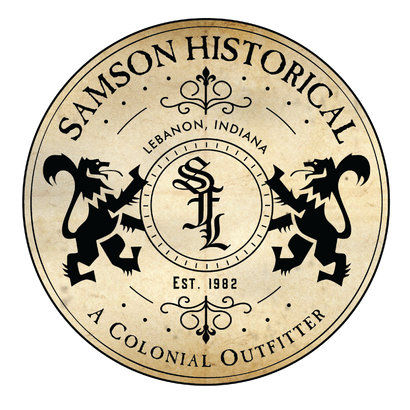


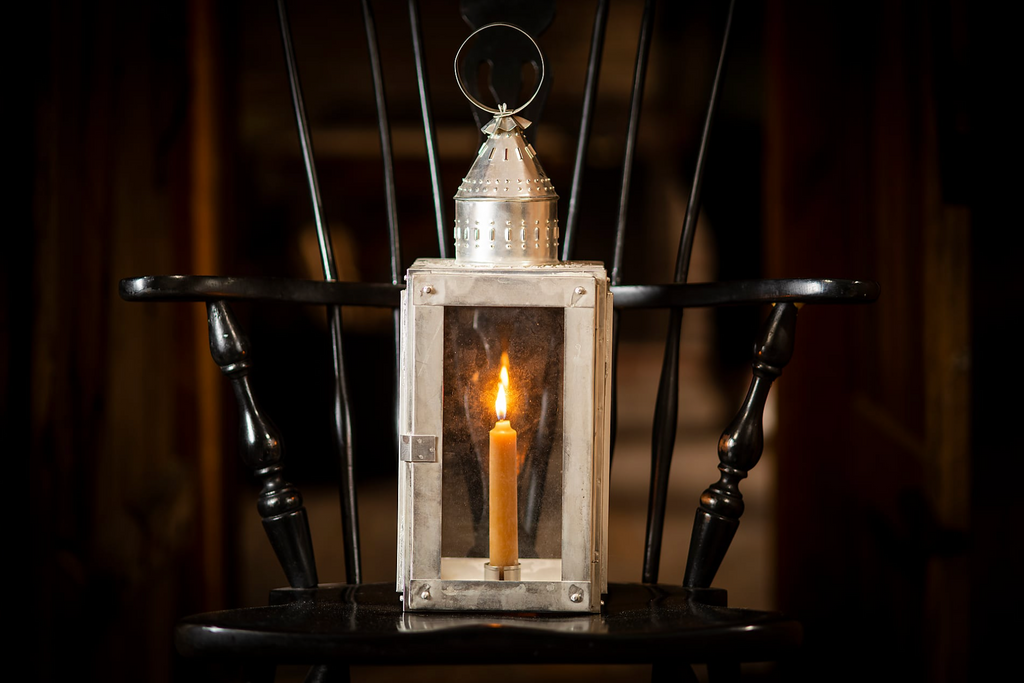
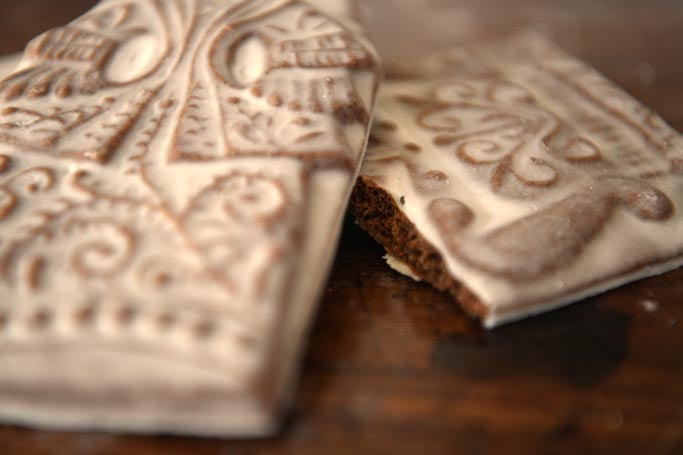
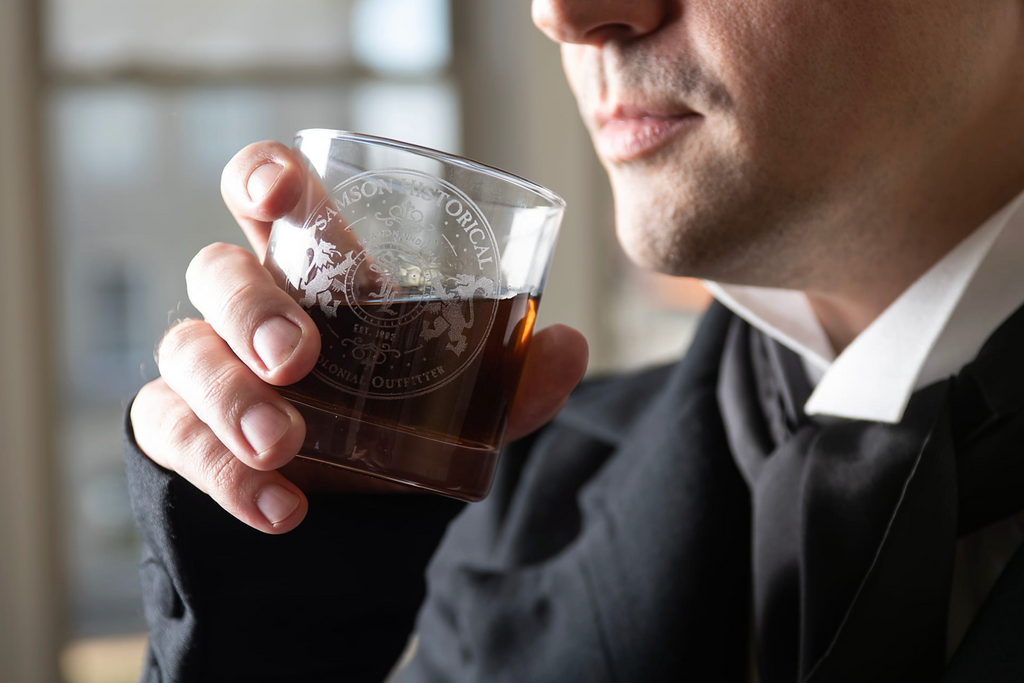
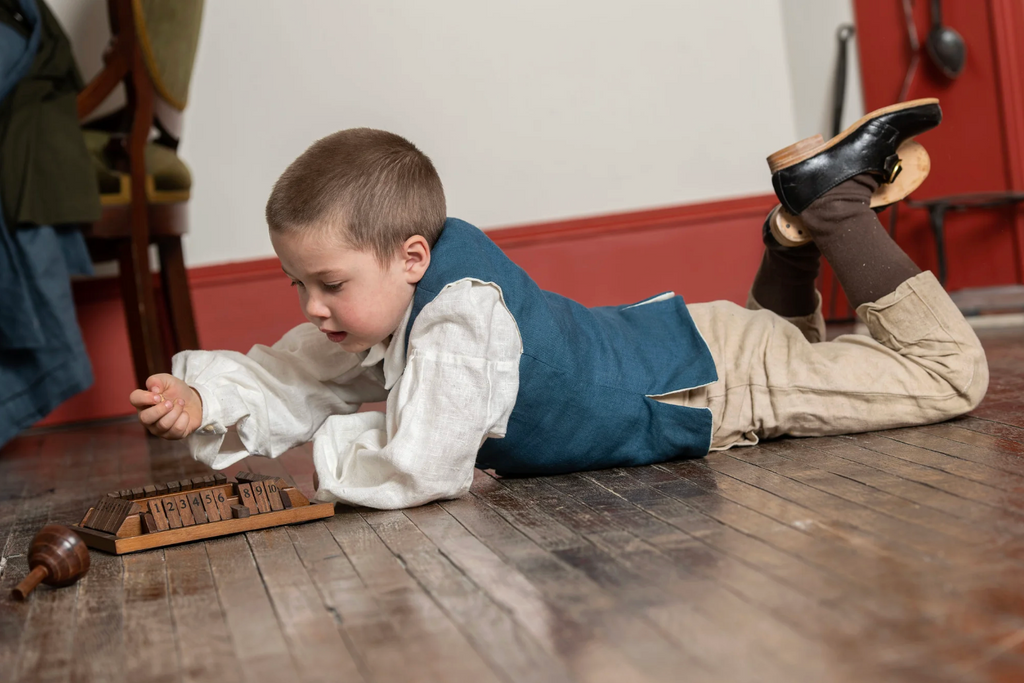
Pamela
November 26, 2025
With silver and other metal porringers, how did the eater avoid getting burned, since metal conducts the heat of the soup?
I have a couple I inherited, one is a Tiffany reproduction of the Paul Revere one. Lovely looking, but I’m not sure how to avoid getting burned if I actually used it. Maybe one just sets it down on the table quickly, on top of a trivet or napkin, and then doesn’t touch it further directly – just uses the spoon.
Any ideas you have about that would be great!